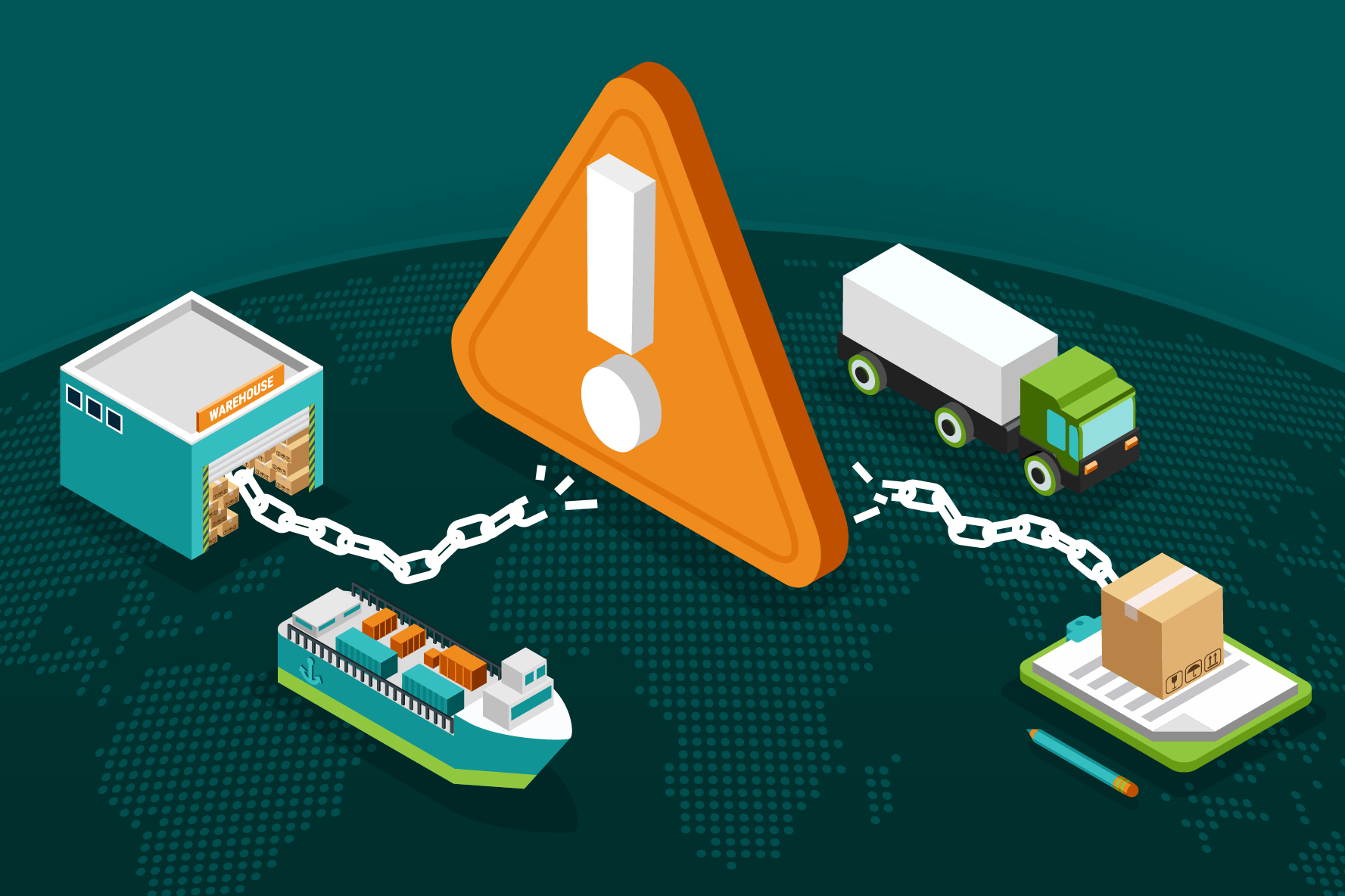
Running a power washing business might seem pretty straightforward—water, pressure, soap, repeat. But when your supply chain hits a snag, everything from your schedule to your profits can unravel quickly. 😬🛠️
In recent years, businesses of all sizes have had to deal with supply chain disruptions caused by material shortages, transportation delays, labor strikes, and even natural disasters. And power washing companies are not immune.
This article will walk you through what supply chain disruptions look like for a power washing business, how to prepare for them, and how to stay resilient when problems inevitably arise. 💡🚿
🧃 What Is a Supply Chain Disruption?
A supply chain disruption is any unexpected change that affects the availability, cost, or delivery timeline of products or services your business depends on.
In a power washing business, this could mean:
- Chemical shortages (degreasers, soaps, mold removers)
- Equipment delays (pressure washers, nozzles, hoses)
- Delivery issues for parts or accessories
- Fuel price spikes or diesel shortages
- Distribution center closures or weather-related delays
Even one missing item—like a specific nozzle or O-ring—can derail your whole week if you’re not prepared. 😵💫
🧼 How Supply Chain Disruptions Affect Your Business
Disruptions don’t just affect your inventory. They can cause ripple effects across your operation:
📉 1. Revenue Loss
You can’t work if you don’t have the tools or chemicals you need. Delayed jobs mean lost revenue and dissatisfied customers.
💰 2. Increased Costs
Scrambling for a last-minute replacement or paying higher prices can eat into your margins fast.
⏳ 3. Scheduling Conflicts
Unplanned downtime or late starts force rescheduling and create customer frustration.
🤝 4. Reputational Risk
Clients don’t care why you’re late or unprepared. All they see is that you’re unreliable.
🧠 Step 1: Audit Your Supply Dependencies
Start by identifying everything your business relies on regularly to operate:
- Power washers (and backup units)
- Hoses, nozzles, filters
- Fuel or battery supplies
- Chemicals: soaps, degreasers, SH, surfactants
- Safety gear (gloves, boots, goggles)
- Replacement parts
- Business materials (invoices, brochures, uniforms)
💡 Ask: “If this didn’t arrive next week, how would it affect my schedule and income?”
📦 Step 2: Find Multiple Vendors
One of the biggest supply chain mistakes small businesses make is relying on a single vendor.
Let’s say you always buy from Supplier A. If they’re out of stock for two weeks, you’re stuck. 🚫
✅ Diversify Your Options:
- Have at least 2–3 suppliers for key items.
- Use both local vendors and online options.
- Create accounts with large distributors like PowerWash.com, The Home Depot Pro, or JN Equipment.
This way, if one vendor falls through, you can pivot quickly. 🔄
🧰 Step 3: Maintain Emergency Inventory
Treat your most essential items like emergency supplies.
Keep a stockpile of:
- Replacement tips and nozzles
- Hoses and hose repair kits
- Enough SH (sodium hypochlorite) for at least 1–2 weeks
- Surface cleaner parts and o-rings
- Extra PPE for your crew
📦 Store these in a clean, organized space and rotate inventory so nothing expires or degrades over time.
Browse Amazon Here For Top Rated Power Washers And Accessories
💻 Step 4: Use Technology to Monitor Supplies
Use inventory tracking tools (even a Google Sheet or free app like Sortly) to track usage rates.
Set up low-stock alerts to reorder before you run out.
You can also automate reordering with some suppliers to restock basics like:
- Soap blends
- Gloves
- Tip packs
- Maintenance kits
Being proactive beats emergency FedEx shipping costs every time. 📉📦
💳 Step 5: Manage Rising Costs With Smart Purchasing
When supply chains are tight, prices rise—especially for fuel and chemicals.
Here’s how to soften the blow:
💵 Price-Smart Moves:
- Buy in bulk when prices are low (SH, degreaser)
- Lock in contract pricing with preferred vendors
- Use fuel rewards or business credit cards with cashback
- Join trade groups for group buying discounts
- Compare prices across platforms before every major purchase
🧠 Margins are won or lost with purchasing decisions—so shop smart!
📣 Step 6: Communicate with Clients
If a disruption is going to delay a scheduled job or require a change in your workflow, communicate early and clearly.
Sample script:
“Hi [Customer], I wanted to give you a quick heads up. Due to a supplier delay, one of the specialty chemicals we use for your treatment is arriving a day late. We’ll need to push your appointment to Thursday. I appreciate your understanding!”
Clear communication builds trust—even during hiccups. 🤝
🛡️ Step 7: Build Resilience Into Your Business Model
Disruptions will happen again. Plan for it now by building flexibility into your operations:
- Have a backup machine for jobs in case one breaks
- Train your crew on how to adapt service methods (e.g., if a cleaner runs out)
- Stay educated on chemical alternatives and compatibility
- Schedule buffer days into your calendar for emergency rescheduling
- Create a resource hub with instructions for dealing with supply outages
📘 Documenting these systems turns chaos into strategy.
🧩 Step 8: Don’t Forget Digital Disruptions
It’s not just physical supplies—digital tools can also fail:
- What if your payment processor goes down?
- What if your booking software crashes?
- What if your GPS stops working mid-job?
Make sure you have:
- Paper invoice backups
- Alternate contact methods for customers
- Manual routing as a backup to GPS
Sometimes the tech disruption is the one you didn’t expect. 📱⚠️
📈 Final Thoughts
Managing supply chain disruptions isn’t glamorous—but it’s a core part of running a professional power washing business.
✅ Build a supplier network
✅ Track your inventory
✅ Communicate with customers
✅ Keep your team prepared
Those who anticipate problems before they arise will outperform competitors who only react when it’s too late.
Stay stocked. Stay flexible. Stay clean. 🧽🚚🔧
Browse Amazon Here For Top Rated Power Washers And Accessories






